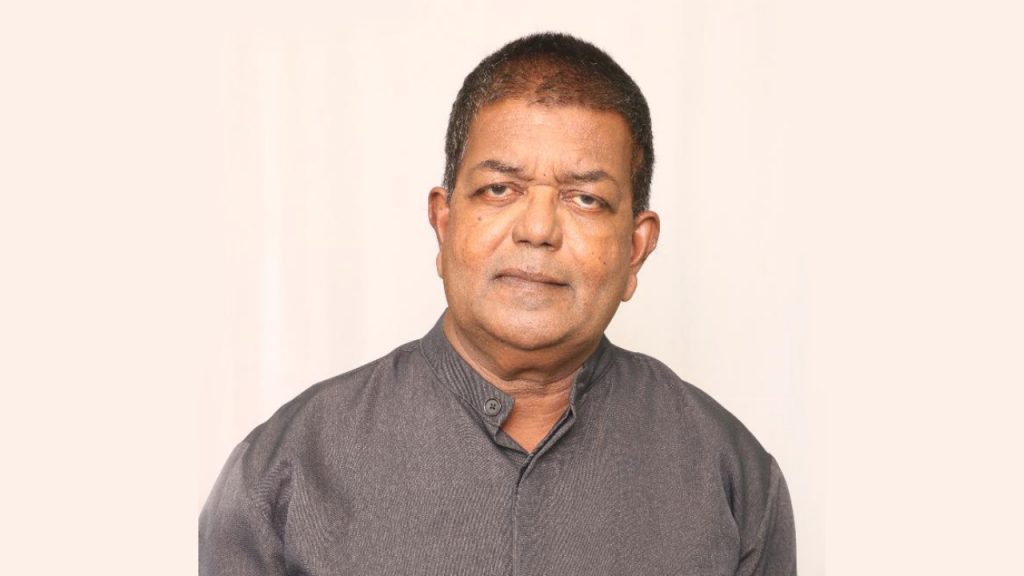The Hindu Jawaan Sangh (1975-1979) blazed a trail during its less than five years of existence. It held innovative programs such as seminars on management of mandirs, a Caribbean Hindu Conference and a Caribbean Hindu Youth Conference with the aim to forge a Caribbean Hindu Council to speak for Hindus, the revival of Phagwa which was dormant, and introduced a Divali Song Festival for secondary schools which expanded into a cultural exchange tour between Guyana, Trinidad and Suriname.
Trapped for money to fund its programs the Jawaan Sangh teamed up with the Maha Sabha to continue its programs. Then Secretary General of the Maha Sabha, Sat Maharaj, opened his arms to the Jawaans promising that ‘money would never be a problem’ and true to his words the Phagwa venues expanded from Clarke Road in Penal to Saith Park in Chaguanas, Watts Street in Curepe and Skinners Park in San Fernando which was the venue for the first Children’s Phagwa in 1982.
The cultural exchange tour continued with a contingent of artistes from the Guyana Dharmic Sabha arriving in Trinidad in 1982. Baal Vikas was also discussed in special sessions and later implemented. The commemoration of Indian Arrival Day was also added to the mix with the first two massive Indian Arrival Day programs held at Lakshmi College Ground in 1979 and Spring Village Hindu School in 1980.
In 1983 when the Hindu Seva Sangh was born its focus was on service. Several yagyas were sponsored with Pandit Rabindranath Maharaj officiating and funds were raised and donated to individuals in need of emergency surgeries. Funds were also raised to assist mandirs under constructions and repairs of homes of needy families. Seminars were held to address the rapidly increasing rate of conversion of Hindus to the Pentecostal faith and drug use among Hindus.
The Seva Sangh continued with its commemoration of Indian Arrival Day and collaborated with other groups and individuals until the historic day was declared a public holiday in 1995. Integral to Indian Arrival Day was the building of the statue of Sewdass Sadhu at Waterloo in collaboration with the Couva Tabaquite Talparo Regional Corporation. This program raised awareness of the courage and sacrifices of the late Sadhu to fulfill his mission to build a temple. Though his first attempt to build a temple on land was destroyed by the management of the sugar estate and he was fined and jailed for trespassing, the Sadhu did not give up on his aspiration and went on to construct his mandir in the sea.
In 1984 when Raviji came into contact with the Seva Sangh, a youth development camp was pioneered at the Moruga Composite Secondary School. After this first camp, the youth development continued to grow touching the lives of hundreds of youths. Today several Hindu workers across the country boldly identify with this initial training under the banner of the Seve Sangh.
In addition to the many outdoor shakhas held weekly, the Seva Sangh hosted competitive sports meetings among its three zones for several years. Several young athletic talents were discovered. For several years the Seva Sangh sponsored marathon races from Chaguanas to the Waterloo as part of its annual Indian Arrival Day celebrations and continued for several more years at Moruga in collaboration with the Moruga Hindu Youth Organization.
The Hindu Seva Sangh worked with the Caribbean Hindu Center which pioneered the construction of a children’s home in Longdenville and the first Hindu Credit Union. Several members and friends of the Seva Sangh served as directors making the Hindu Credit Union one of the better managed among small credit unions in the country.
How creative are our mandirs today? Are our leaders coming up with innovative strategies to address contemporary issues? Our leaders in the mandirs appears to be incapable of thinking beyond poojas, the singing of bhajans and the eating of bhojans. From one mandir to the other, the format does not change. The discourses remain fixated on “Hanuman flying with the mountain.”
The United Hindu Organization was responsible for sponsoring Brahmchari Hari Ram (Swami Satchitananda) in 1967 to pursue studies at Sandeepaney, Mumbai, India. Why has this organization never revived itself? In the 1980s there was the National Council of Hindu Organizations and again it failed to impact the society. The reality is that contemporary Hindu leaders have a distain for working with one another to address common challenges in the community and the question that must be asked is WHY?
